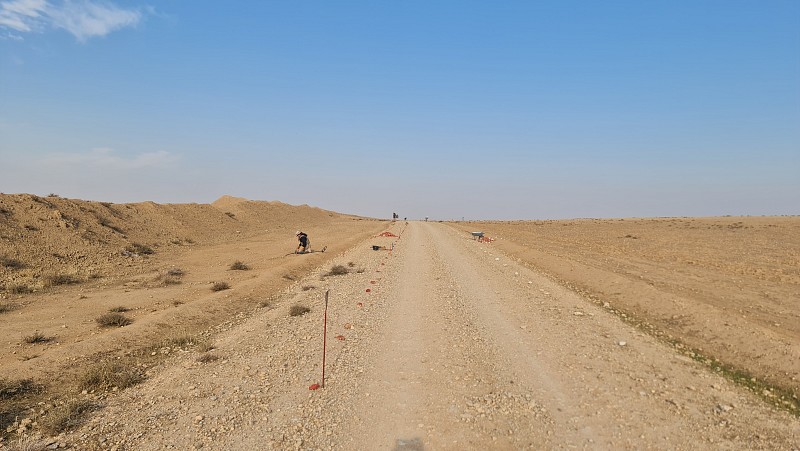The Deadly Legacy of Landmines in Syria: A Call for Urgent Action

Since 2011, landmines and explosive remnants of war have killed or injured more than 12,000 people in Syria, including over 3,000 children. Indiscriminate weapons continue to claim innocent lives, long after the fighting has ended, leaving families devastated and entire communities at risk. As displaced Syrians begin returning home, the dangers posed by landmines are escalating. Unmarked minefields and unexploded ordnance threaten lives, making daily activities such as farming, walking to school, or rebuilding homes risky. Each step carries the risk of injury or death, turning even the simplest tasks into life-threatening challenges.
The consequences extend far beyond the immediate danger of detonation. Landmine contamination traps entire communities in fear, preventing people from using their land, accessing healthcare, and restoring livelihoods. In some of the most heavily affected areas, landmines force families to make impossible choices—risk their lives to fetch water or firewood or go without basic necessities. The impact of these hidden dangers is both physical and psychological, leaving entire communities in a state of prolonged displacement and uncertainty.
Despite the scale of the crisis, mine action efforts in Syria remain significantly underfunded and unable to match the vast contamination. Humanitarian organizations, including ITF, continue working with partners to reduce these threats and support affected communities. However, without greater international commitment, progress is slow and the risks remain high. Mine clearance alone is a long and complex process, requiring trained personnel, advanced equipment, and sustained financial support. In Syria, ongoing insecurity and access restrictions further complicate efforts to create safer environments.
A comprehensive response is essential. Clearing mines from contaminated areas must be a priority, but it cannot be the only solution. Risk education programs are crucial in equipping civilians—particularly children—with the knowledge to recognize and avoid explosive hazards. Supporting survivors is equally vital, as many require long-term medical care, prosthetics, and economic assistance to regain independence. These efforts must be integrated into broader humanitarian and development programs, ensuring that mine action is not treated as an isolated issue but as a fundamental part of rebuilding war-torn communities.
Landmines do not distinguish between a soldier and a child, and their impact will persist for decades without urgent intervention. Every day without action is another life at risk. The international community has the resources and expertise to address this crisis, but without immediate and sustained commitment, more innocent lives will be lost. We urge governments, donors, and humanitarian actors to prioritize mine action in Syria—not only to clear landmines but to provide essential support to survivors and to educate communities on how to stay safe. Until every mine is cleared, and every survivor is supported, the crisis will not end.